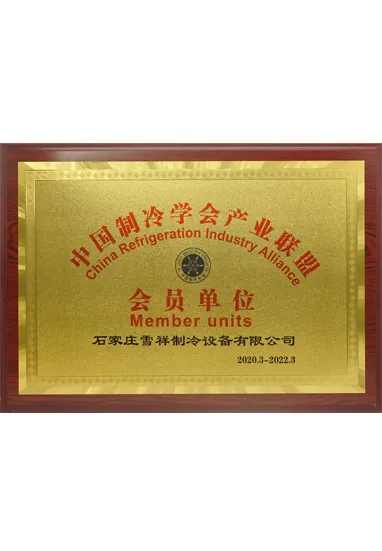oem air chiller system
Understanding OEM Air Chiller Systems A Comprehensive Overview
In industrial applications, maintaining optimal temperatures is critical for efficiency and safety. One effective solution for temperature control is the Original Equipment Manufacturer (OEM) air chiller system. This article provides an in-depth exploration of OEM air chiller systems, their components, functionality, and applications.
What is an OEM Air Chiller System?
An OEM air chiller system is a cooling device designed and manufactured by a specific company to meet the unique requirements of its clients. These systems are tailored to work seamlessly within a range of industrial processes, helping to dissipate heat from a working environment or from machinery directly. OEM chillers are popular because they can be customized for specific applications, ensuring maximum performance and efficiency.
Key Components of Air Chiller Systems
1. Compressor The heart of the chiller, the compressor circulates refrigerant throughout the system. It increases the pressure of the refrigerant, causing it to become a high-temperature gas.
2. Condenser Here, the high-pressure gas is cooled and transformed into a liquid state by releasing its heat to the environment. This process can take place in air-cooled or water-cooled condensers.
3. Evaporator The liquid refrigerant enters the evaporator, where it absorbs heat from the surrounding air or liquid, causing it to evaporate back into a gas. This is where the actual cooling occurs.
4. Expansion Valve This component regulates the flow of refrigerant into the evaporator, allowing the liquid to expand and drop in pressure, facilitating the cooling process.
5. Control System An essential feature for modern OEM air chiller systems, the control system allows for precise monitoring and regulation of temperature, pressure, and other operational parameters.
How Do OEM Air Chiller Systems Work?
oem air chiller system

The operation of an OEM air chiller system involves a continuous cycle of refrigerant transformation, pairing heat absorption and rejection effectively. Initially, the compressor pressurizes the refrigerant gas, creating heat. This gas then travels to the condenser, where it releases heat into the environment, turning into a liquid.
Next, the liquid refrigerant passes through the expansion valve, experiencing a drop in pressure that cools it. It then enters the evaporator, where it absorbs heat from the surrounding environment, effectively cooling the air or liquid that passes over or around it. This cycle repeats, maintaining the desired temperature for the industrial application.
Applications of OEM Air Chiller Systems
OEM air chiller systems find applications in various industries, offering customized solutions for multiple cooling challenges. Some major applications include
1. Manufacturing In manufacturing processes, chillers help keep machinery and equipment operational, avoiding overheating and maintaining performance standards.
2. Food and Beverage Chillers are essential for preserving perishable goods, ensuring safe temperatures during processing, storage, and transportation.
3. HVAC In heating, ventilation, and air conditioning systems, air chillers provide crucial cooling for residential and commercial spaces, improving comfort and air quality.
4. Pharmaceuticals Temperature control is vital in pharmaceuticals for maintaining drug efficacy and integrity. OEM chillers provide precise cooling for sensitive processes.
5. Data Centers Chillers help manage the heat produced by servers and other electronic equipment, preventing overheating and ensuring optimal operation.
Conclusion
OEM air chiller systems are indispensable in today’s industrial landscape, providing customized solutions that enhance efficiency and performance across various applications. By understanding their components and functionality, businesses can make informed decisions about the best cooling solutions to suit their unique needs. As technology continues to advance, the design and efficiency of these systems will only improve, reinforcing their role as a critical component in industrial operations.






